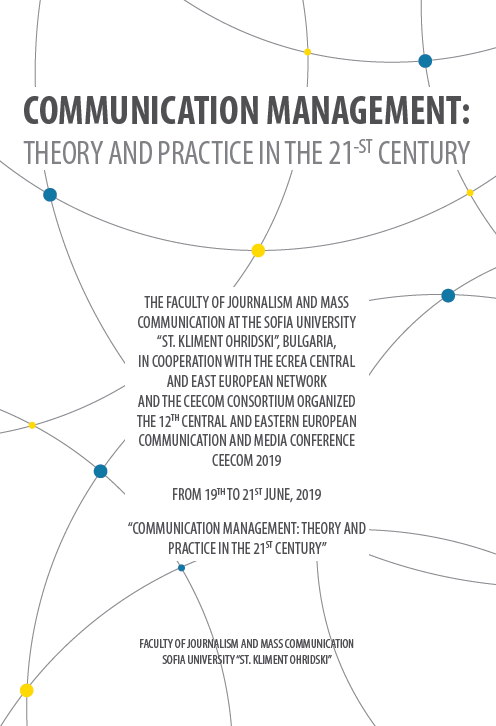E-BOOKS VERSUS PRINT BOOKS: DIGITAL DISRUPTION OR INTERMEDIA RELATIONS
E-BOOKS VERSUS PRINT BOOKS: DIGITAL DISRUPTION OR INTERMEDIA RELATIONS
Author(s): Georgi Alexandrov
Subject(s): Social Sciences, Media studies, Communication studies, Theory of Communication
Published by: Факултет по журналистика и масова комуникация, Софийски университет „Св. Кл. Охридски”
Keywords: print book; e-book; book publishing; intermedia relations; disruption; media
Summary/Abstract: The significant impact of technology on book publishing has often been interpreted as digital disruption, that could eventually make print books obsolete. The proposed article examines the intermedia relations between print books and e-books as two media formats aiming to verify whether the digital technologies have a disruptive or an evolutionary effect on the industry. The research covers the key book markets in the United States and selected European countries in the period of 2007 - 2018. Audiobooks remain out of its thematic scope.The theoretical base includes three conceptual areas: media functions, media ecosystem, and innovations in media. Placed in this theoretical context, the transformations of print books and books are defined as a process of adaptation to the digitalized media environment. This concept is supported by empirical evidence sourced from reading attitudes and book markets studies,which indicate sustainable preferences for the print book format. The research concludes that not all technological innovations in book publishing could be perceived as disruption, although they lead to considerable changes in the industry structure and in reading practices. The theoretical and empirical arguments confirm the hypothesis that print books and e-books co-exist and complement each other as two media formats in a joint evolutionary transformation. Finally, the research suggests a Model of intermedia relations between print and e-books, defined as antagonism,alternativity and complementarity.
Book: Communication Management: Theory and Practice in the 21st Century
- Page Range: 282-296
- Page Count: 15
- Publication Year: 2020
- Language: English
- Content File-PDF

